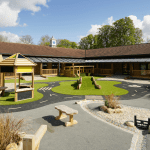

Learn the 16 types of play children engage in, as recognised by theorist Bob Hughes in Playtypes: Speculations and Possibilities along with their benefits and how you can incorporate this into your practice.
Chasing, hiding, clapping, role-playing, and playing with building blocks can offer children so much more than initially meets the eye. In fact, all this wonderful playing allows them to build essential skills like problem-solving, communication, self-confidence, independence and coordination, to name just a few. This is why learning through play is something that should be encouraged in every child, specifically under the age of 5 when most brain development takes place.
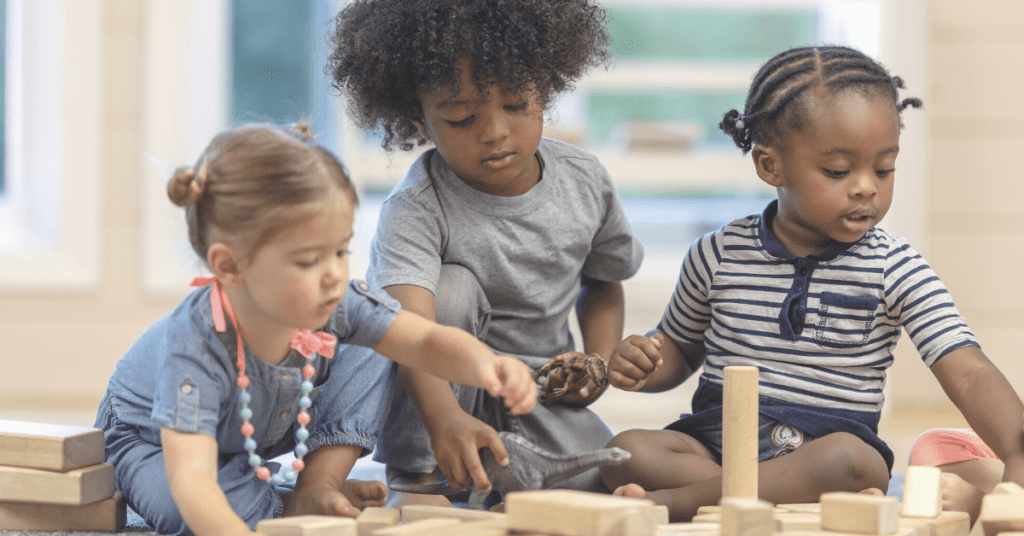

Understanding the different types of play and how they benefit children’s development will enable you to enhance your practice and support children in your nursery in the best possible way.
Working in the early years, you will have heard the term ‘learning through play.’ Often children learn some of their most crucial skills whilst playing, which is why it’s such an important part of their development.
It’s very important for early years practitioners to understand the value of learning through play and that you’re able to recognise the many benefits that children gain through this. This blog post will explain the 16 different types of play children engage in and how you can enhance this in your practice.
The following types of play were recognised by theorist Bob Hughes in Playtypes: Speculations and Possibilities in which the subtle differences of play are recognised and explained.
What is creative play?
Creative play is a key part of children’s physical and mental development as it helps them express themselves and develops their imagination. Creative play involves anything from making, painting, manipulating materials (such as play dough), or playing with loose parts.
What are the benefits of creative play?
How do I incorporate creative play?
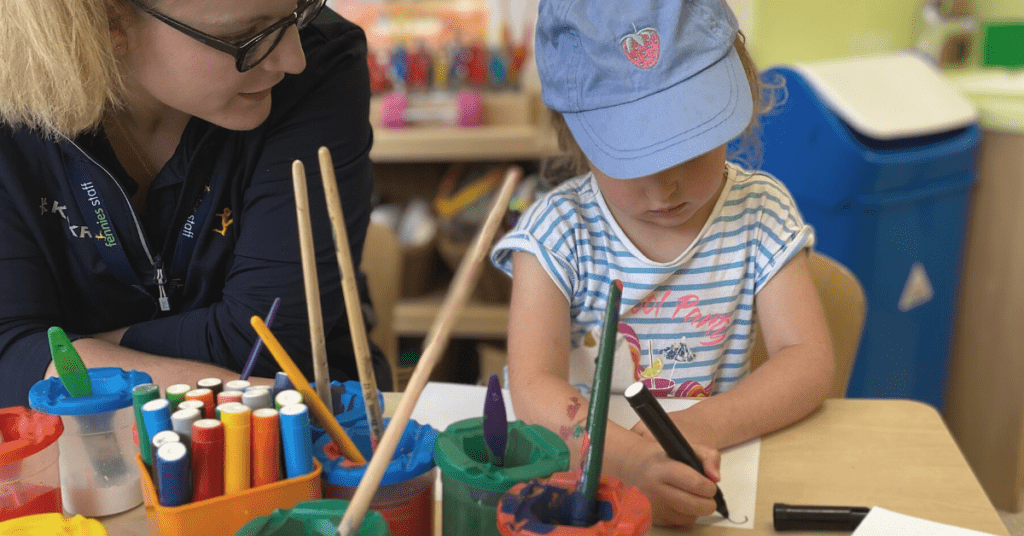

There are so many ways to incorporate creative play within your practice, and you may even be doing this without realising it. Some great examples of everyday creative play include role-play activities, playing (and even making) musical instruments, singing nursery rhymes, taking part in action songs, dancing, painting, playing with play dough and junk modelling.
“We incorporate creative play daily at Fennies, giving children plenty of opportunities to use paint, collage, clay, printing, sticking and using play dough. You would be surprised at the number of things you can make from playdough.”
Ruth, Education Advisor Tweet
A great way to get children to unleash their creativity is through messy play. Discover our favourite messy play activities here.
What is exploratory play?
Children explore the world around them through their senses, and they continually learn by touching objects with their hands (and mouths!), listening and navigating their way around. Exploratory play refers to when children physically explore the environment around them, whether they are jumping on or over objects, swinging, reaching, climbing, moving or assessing. Through this type of play, children are constantly testing ‘what if…’ and discovering new ways they can influence the world around them.
What are the benefits of exploratory play?
How do I incorporate exploratory play?


You can incorporate exploratory play in your nursery by providing lots of items around the room, such as cushions, wooden spoons, kitchen utensils and climbing frames for them to explore. You’ll also get bonus points if you’re able to incorporate items that appeal to their existing interests too!
You can place these objects in bags or baskets as children love to dig around to find which item takes their fancy (this also adds an extra element of surprise!) You may have noticed how much babies love treasure baskets, they contain items with different textures like a bath loofah, metal utensils and wooden spoons.
Always make sure the objects you’re using are safe. Avoid items that could be potential choking hazards or contain toxic materials.
What is mastery play?
Mastery play is the type of play where a child begins to learn a new skill. Through mastery play, children can continue to repeat their newly learned skills over and over again. Some examples of where this takes place are rolling down a hill, digging holes, building mounds in sand trays, creating puddles, construction and riding a bike.
What are the benefits of mastery play?
How do I mastery play?
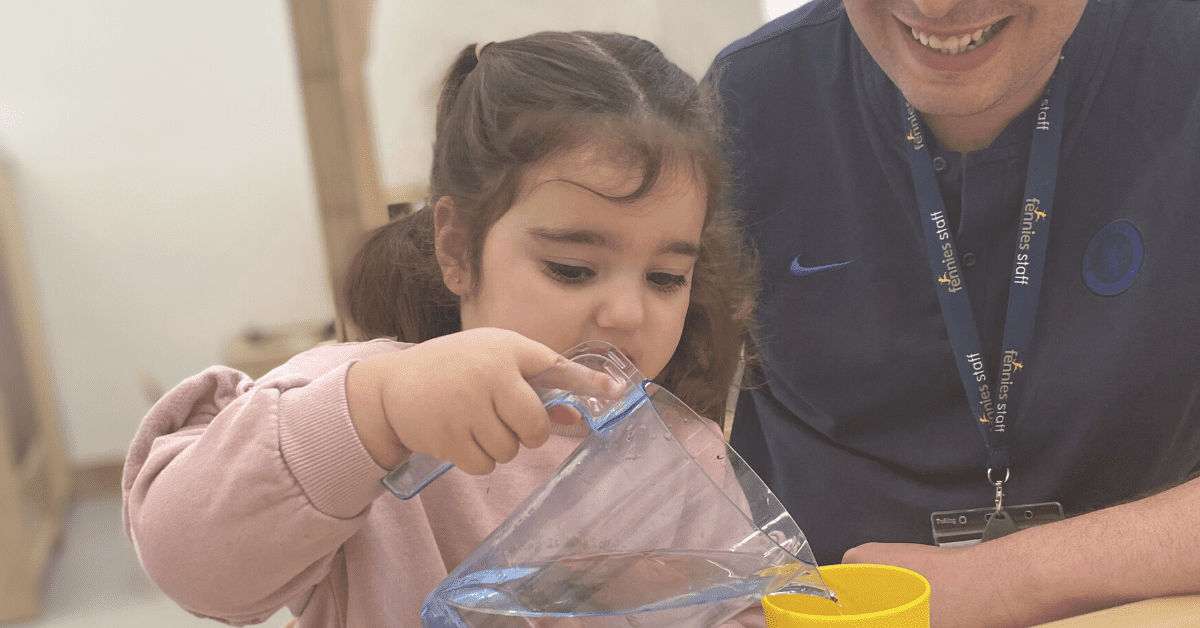

A great way to incorporate mastery play in your nursery is through role-play. Children often learn skills through pretending and reenacting real life scenarios. Children are encouraged to pour water from a jug without spilling it at mealtimes for example. Making learning these skills fun means that children don’t even realise they’re learning!
What is object play?
Object play is simply playing with objects! This can include anything from a child using objects to create a story, imaginary world or representation of the real world. Activities that encourage object play in children include sticks and stones, household items like kitchen supplies, puzzles, toys and much, much more!
What are the benefits of object play?
How do I incorporate object play?
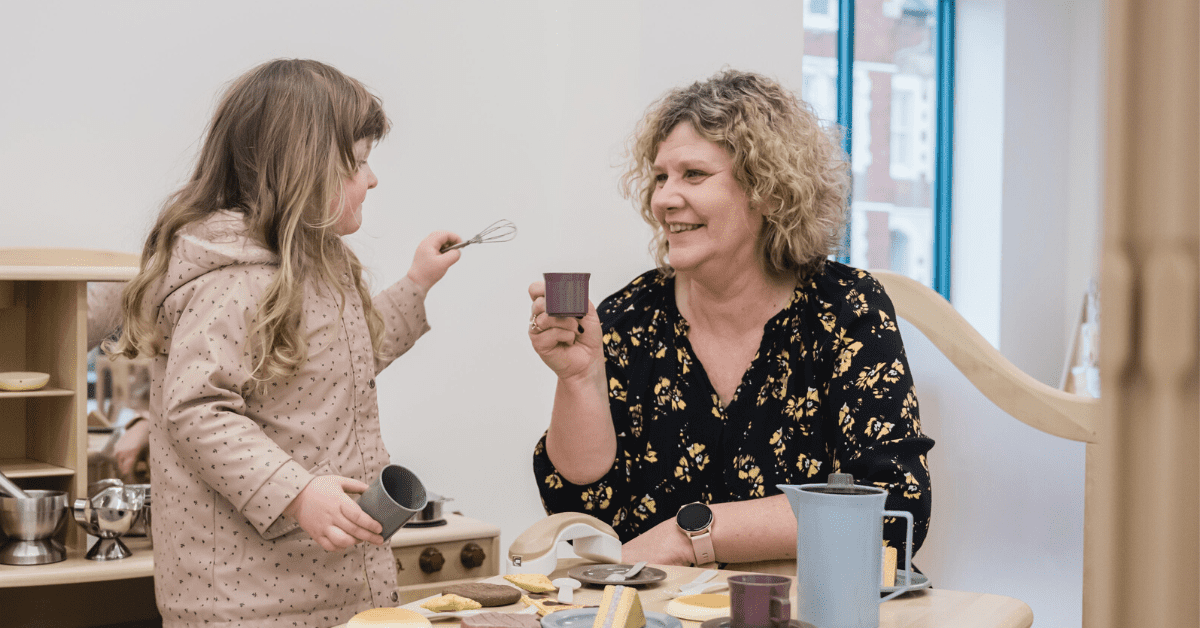

Throughout the day, make sure you allow children the opportunity to explore a variety of different objects like dolls, toy cars, building blocks and household items. You can encourage them to build towers and structures with these items to enhance their problem-solving abilities.
You can also incorporate objects within your role-play activities such as encouraging them to help cook or prepare food in pretend kitchens or dress in costumes and pretend to be different characters. Another great thing to do is ask children to put together puzzles.
What is communication play?
Communication play is an important type of social play for children. In this type of play, children learn how to communicate with others by sharing stories and ideas. Examples of communication play include imitating others, hand gestures, rhyming, and singing.
What are the benefits of communication play?
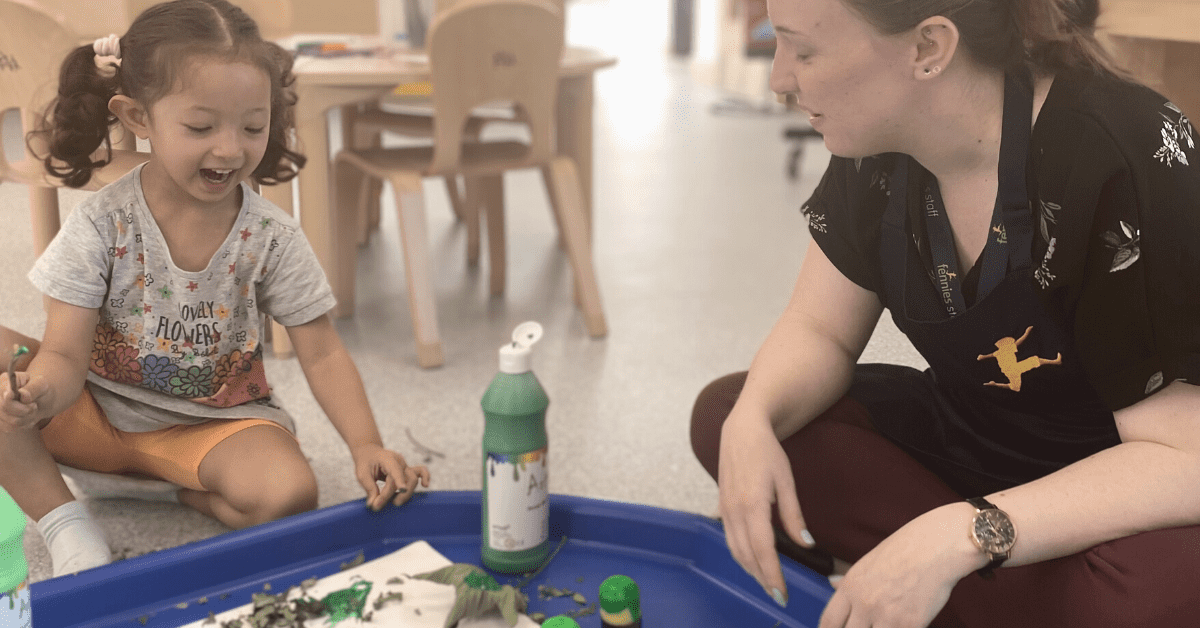

There are many different ways to encourage communication play in your nursery, and you should always make sure you’re continuously asking open-ended questions during play as this can encourage imagination and critical thinking. For our youngest children, it’s useful to ‘narrate’ their play as we play alongside, this is where we simply state what the child is doing as they play i.e., “You put the red block on top.”
Another thing you can do is encourage the child to lead the way during play time, as this will help promote their independent skills.
What is dramatic & socio-dramatic play?
Dramatic and socio-dramatic play are often linked together because they are very similar. However, in dramatic play children tend to act out a job role, pretend to be another person and use real objects to act out the role. Whereas socio-dramatic play is often led by the rules children have discovered through their personal experiences, and they often act out imaginary scenarios, stories and locations.
In both types of play, children use their imagination to pretend they are someone or something else. This helps them learn about the world around them and develop important skills that will help them be more creative later in life. During these types of play, children use objects to represent something else. This is often done through role-play, interacting with adults or their peers, and inventing new worlds and characters.
What are the benefits of dramatic & socio-dramatic play?
How do I incorporate dramatic & socio-dramatic play?
There are many ways that you can encourage dramatic and socio-dramatic play in your nursery. For example, you can provide a variety of different props for free play, including dolls, cars, blocks and clothes for them to dress-up.


Role-playing games are another great way to encourage dramatic play. In these types of games, children take on different roles and use their imagination to pretend they are someone else. For example, if you’re role-playing a restaurant setting, one child might be the chef and cook food for the other children who are pretending to be customers. This is a great way for children to learn about cooperation and communication.
What is role-play?
If you’ve spent any amount of time in a nursery, you’ll know that children love role-play! Apart from being fun, role-play offers lots of learning opportunities for children and allows them to develop new skills. Role-play activities involve a child reenacting adult behaviours, such as driving, cooking and shopping. They may also pretend to take on a different state such as being asleep as well as mimicking others’ voices, dress and mannerisms. They also enjoy role-play scenarios, such as going to the doctors, dentists, hairdressers and restaurants to name a few.
What are the benefits of role-play?
How do I incorporate role-play?
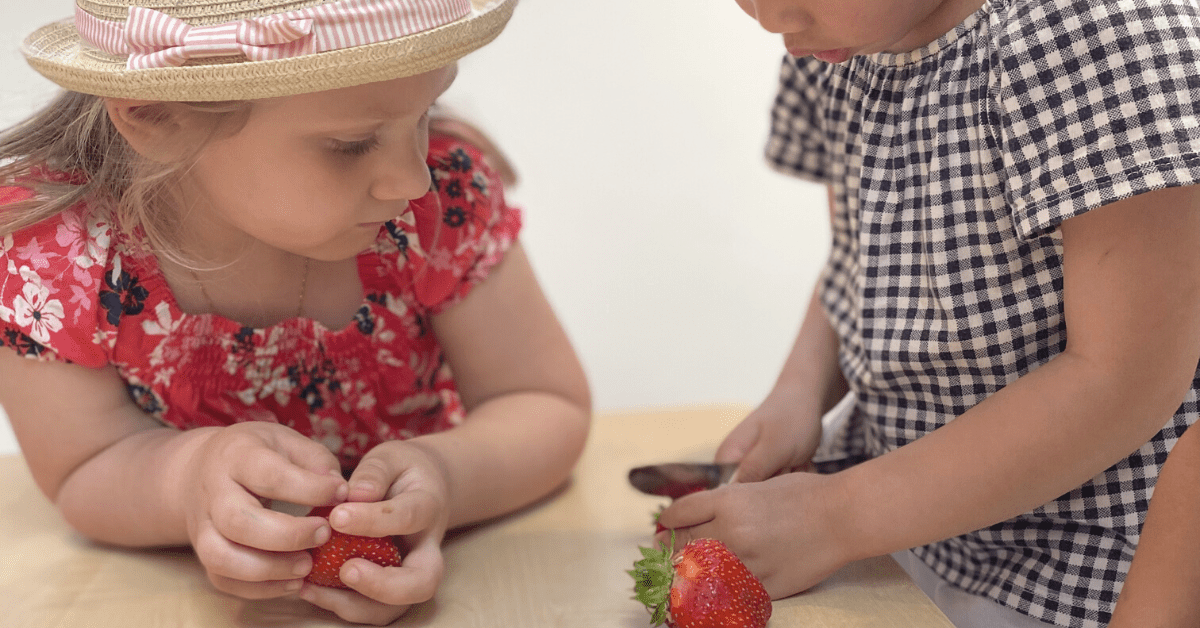

There are so many different ways you can incorporate role-play into your practice, but a great starting point is making sure there are lots of real-life objects and dressing-up clothes for the children to explore.
Role-play is also a great way for you to disguise learning as play. For example, if a child is role-playing cooking in a kitchen, you may be able to lay out the utensils they’re using and ask how many there are. Children are much more likely to be engaged and motivated to learn in this scenario rather than if they were sitting at a table and asked to count something.
What is social play?
Social play is an important part of a child’s development, and there are many different types of social play. Some of the different types of social play include:
Cooperative play: This is when children work together to achieve a common goal. For example, two children might build a tower together using blocks.
Parallel play: This is when children play next to each other but don’t necessarily interact with each other. For example, two children might both be playing with dolls but not talking to each other.
Associative play: This is when children start to interact with each other during play. For example, two children might take turns pushing each other on swings.
What are the benefits of social play?
How do I incorporate social play?
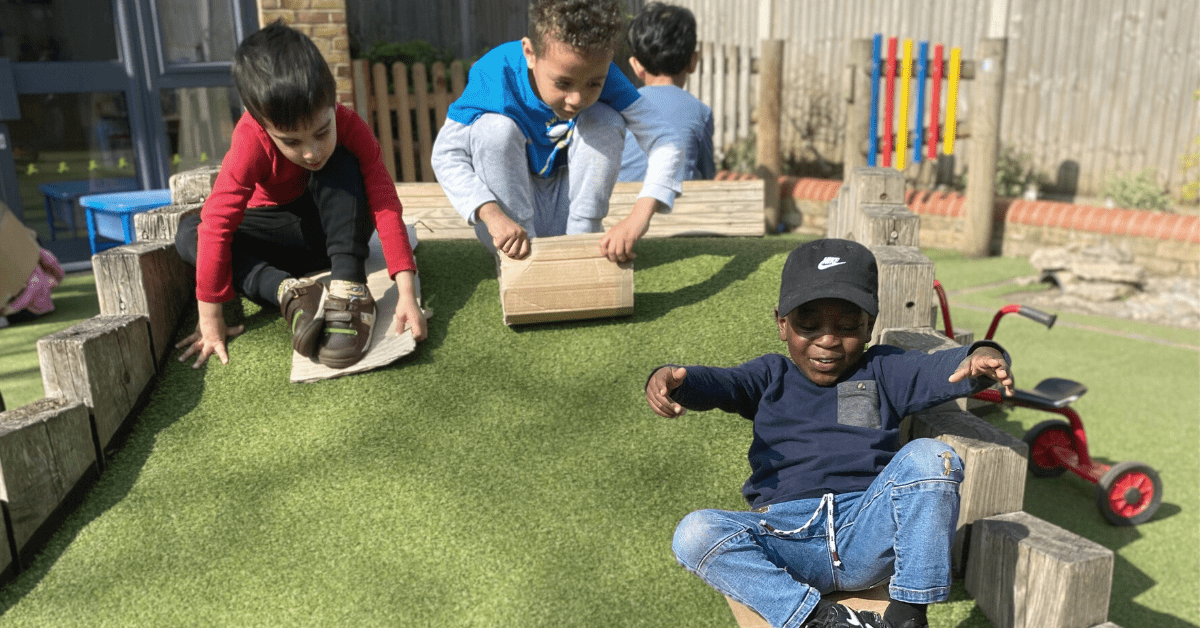

There are many ways that you can encourage social play in your nursery. Some of these include playing games together, visiting the park or playground and setting up group activities.
“Our home corners at Fennies promote social play as children interact with each other, become new characters and act out familiar scenarios, such as shopping, going to a café, visiting the doctor's surgery. We use our role-play areas specifically to tie in with children’s interests and fascinations. This links also with symbolic play.”
Ruth, Education Advisor Tweet
What is symbolic play?
Symbolic play is one of the most important types of play for children under 5, as it helps them develop essential skills for life.
Symbolic play is a type of play where children use objects to represent something else. For example, children can imagine new worlds, stories and characters from everyday objects around them.
What are the benefits of symbolic play?
How do I incorporate symbolic play?
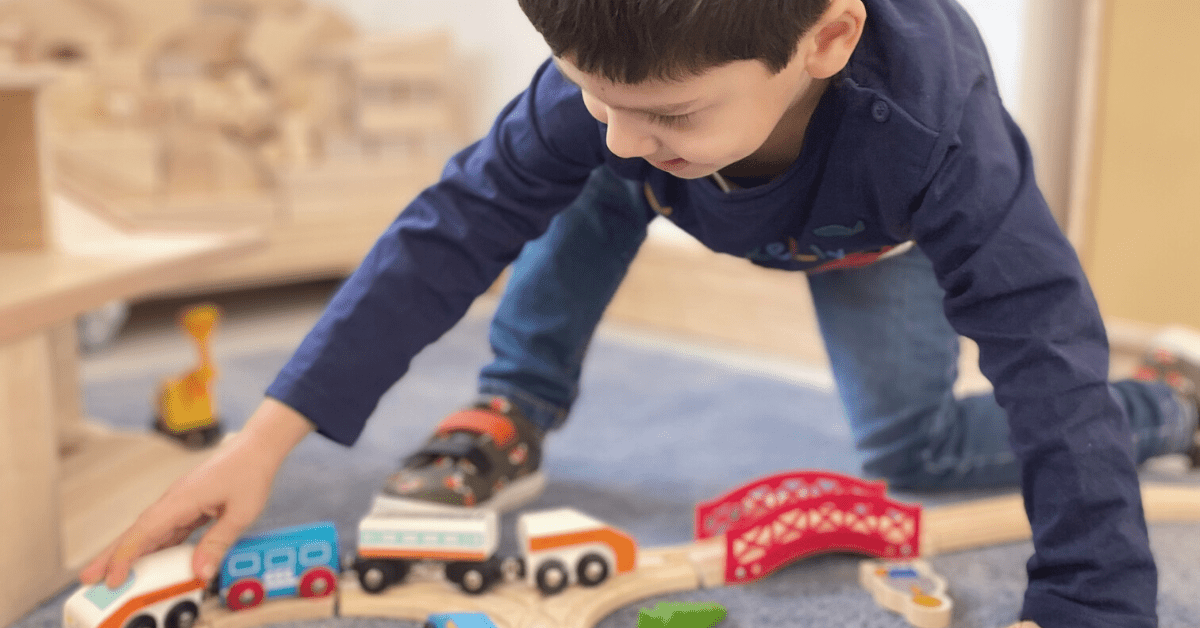

There are many ways that you can encourage symbolic play in your nursery. Providing a variety of props for free play, such as dolls, cars, blocks, and dress-up clothes as well as asking questions about what your child is doing during playtime can encourage this kind of play.
What is rough & tumble play?
In his book, A Play Worker’s Taxonomy of Play Types, Bob Hughes describes rough and tumble play as ‘close encounter play which is less to do with fighting and more to do with touching, tickling, and gauging relative strength.’ This type of play allows children to burn lots of energy and get involved in physical contact that doesn’t result in them being hurt.
Rough and tumble play activities can include movements that require children to use their whole body. This can include chasing, wrestling, climbing, spinning, falling and rolling as well as being in contact with other children and even objects.
What are the benefits of rough & tumble play?
How do I incorporate rough & tumble play?
One of the many great things about rough and tumble play is that all you’ll need is a large open space … That’s it! Understandably, many adults are apprehensive about introducing rough and tumble play and are concerned about this tipping into injury or aggressive behaviour. However, even if this is the case, this type of play can offer many positive opportunities like teaching children how to resolve conflict and being respectful of others’ boundaries.
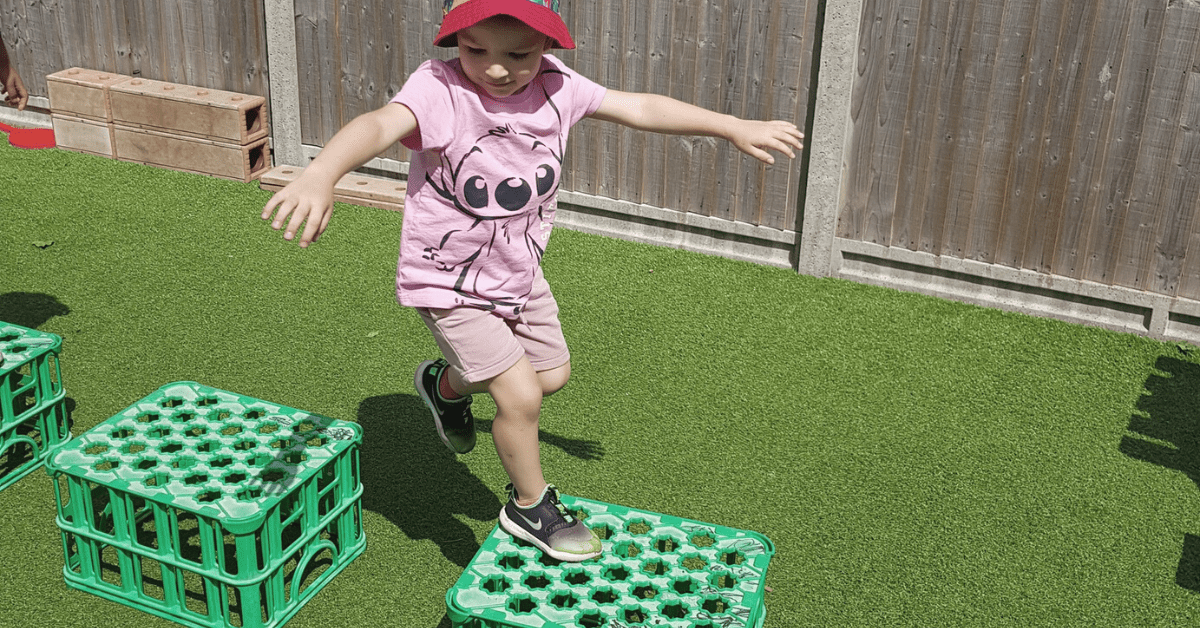

To introduce rough and tumble play, you can incorporate physical contact games like tag or obstacle courses. It’s also important to remember not to be too quick to intervene or discourage rough and tumble play, as this can be a key way that children learn how to respect boundaries and make independent decisions about whether they wish to participate or not.
What is locomotor play?
Locomotor play is a type of play that helps children develop their physical skills. During locomotor play, children move around and explore their environment. This helps them learn how to control their bodies and move around in the world.
There are many different activities that you can do with children to encourage locomotor play. Some examples include going for walks or hikes, playing games outside like tag or hopscotch, riding bikes or scooters, using a skipping rope and dancing.
What are the benefits of locomotor play?
How do I incorporate locomotor play?
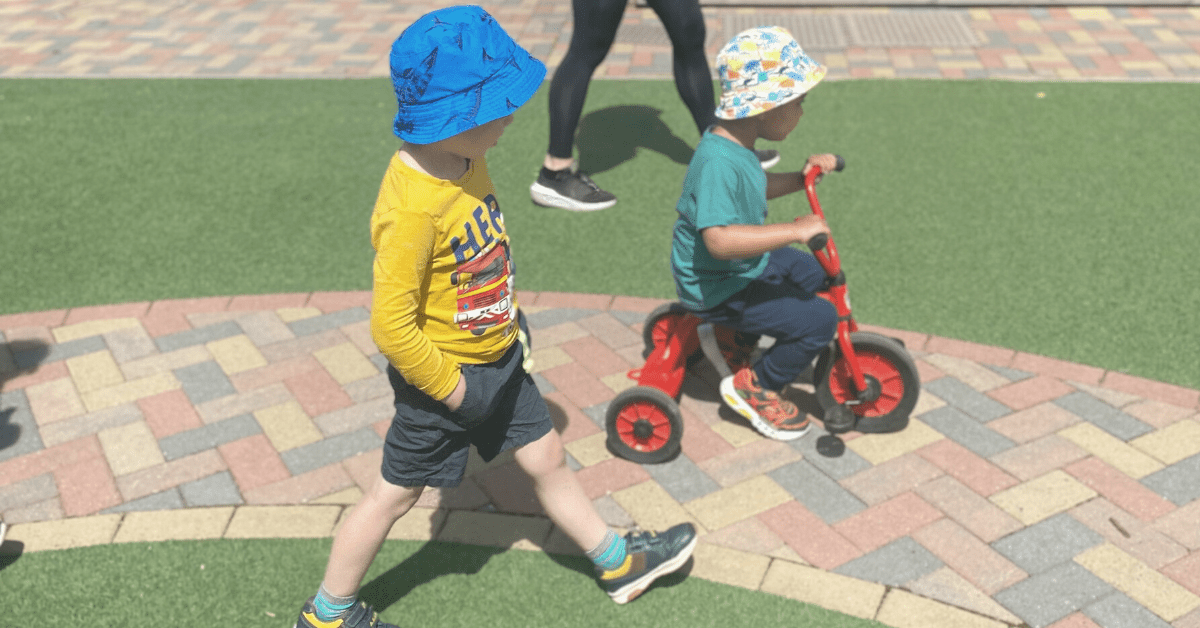

There are many different activities that you can do with your child to encourage locomotor play. Some examples include going for walks together, playing games outside like tag or hopscotch, riding bikes or scooters, playing with skipping ropes and dancing.
What is deep play?
Deep play is where children engage in any kind of activity that includes an element of risk or danger, for example, riding a bike, climbing a high tree or jumping off a wall. When children engage in this type of play, they encounter exhilarating and potentially risky experiences. But don’t worry, this type of play actually offers lots of benefits and helps them refine crucial physical skills.
What are the benefits of deep play?
How can I incorporate deep play?
To incorporate deep play in your nursery, you can introduce tools like mini-saws, drills or hammers within your construction area. This will allow the children to learn how to be in control of something that could be dangerous, and in turn, they’ll feel trusted.


Other ways you can introduce deep play are allowing children to climb trees, engage in rough and tumble play and using bikes or scooters. Of course, it’s important to remember that this type of play must always be supervised by an adult.
What is fantasy & imaginative play?
Fantasy play incorporates impossible scenarios that will never come true and imaginative play is the opposite. Imaginative play draws on the child’s understanding of the world and often lends itself to deeper reasoning. Although they are opposites, fantasy and imaginative play are often linked, as it’s where children use objects to represent something else. For example, a child might use a block to represent a car or a doll to represent a person. This type of play allows children to explore their world and learn about different concepts in a safe and fun way.
What are the benefits of fantasy play?
How do I incorporate fantasy play?
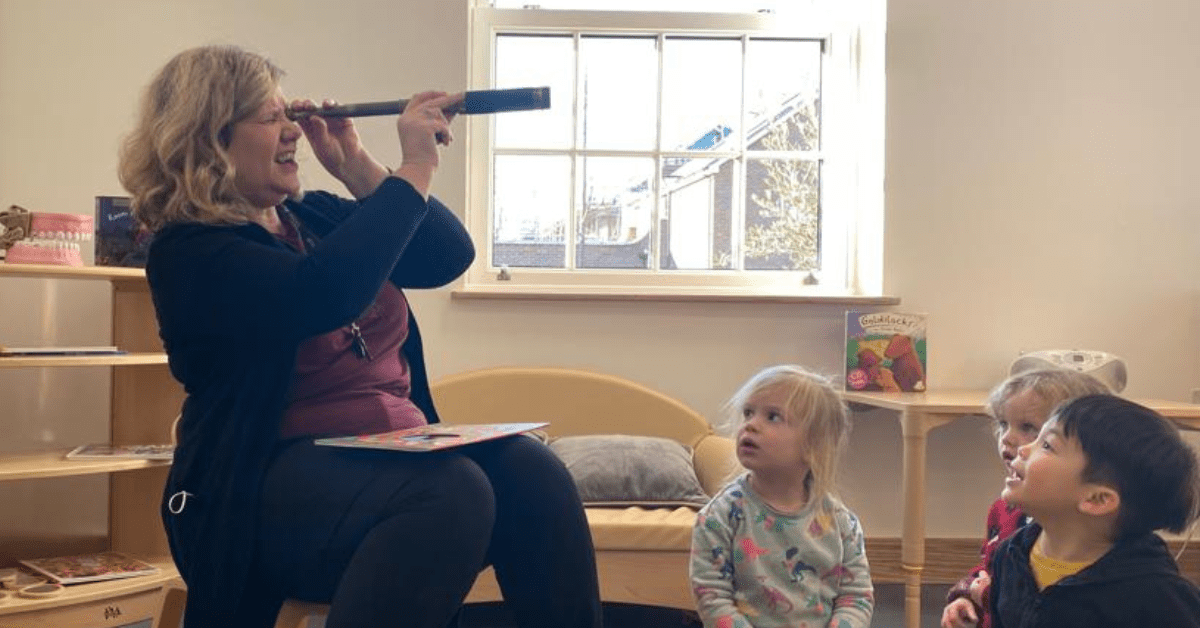

There are many ways that you can encourage fantasy play in your nursery. For example, you can provide a variety of props for free play, such as dolls, cars, blocks, and dress-up clothes for children to explore and use their imagination.
Make sure you ask lots of questions about what your child is doing during this playtime, for example, “Have you given the doll a name?” and “I wonder what you will build with the blocks?” to continually develop their learning and let them lead the way. This is why using open-ended questions are so important i.e. Those starting with what, where, why, for example, “I wonder, why do you think…?” or “What will happen if?” These questions prompt children to think in more depth, and not merely give yes or no answers.
What is recapitulative play?
Recapitulative play is where children explore ancestry, rituals, stories, history, rhymes, fire and dens or caves. This type of play enables children to explore play is often associated with elemental forces and deep human instincts and drives that allow them to learn about earlier human evolutionary stages.
What are the benefits of recapitulative play?
How do I incorporate recapitulative play?


There are lots of fun activities you can introduce at your nursery that allow children to explore recapitulative play. For example, why not try building a den in the garden, outdoor cooking or role-playing being in a castle. Gardening activities are also another example of recapitulative play that you can easily introduce.
Although we’ve broken down the different types of play here, it’s important to remember that they often intersect and overlap. For example, playing with toy cars can include fantasy play, role-play and rough and tumble play to name just a few.
When you recognise the types of play children in your nursery are engaging in, you understand this, and you can introduce different play styles that will enhance the children’s learning in every activity.
At Fennies, we know the importance of understanding the different types of play, which is why we offer training around this during our onboarding sessions.
Are you interested in developing your own childcare knowledge? Join our team!


Content Writer


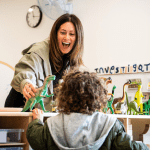









View All
This website uses cookies so that we can provide you with the best user experience possible. Cookie information is stored in your browser and performs functions such as recognising you when you return to our website and helping our team to understand which sections of the website you find most interesting and useful.
You can read out full privacy policy here
Strictly Necessary Cookie should be enabled at all times so that we can save your preferences for cookie settings.
If you disable this cookie, we will not be able to save your preferences. This means that every time you visit this website you will need to enable or disable cookies again.